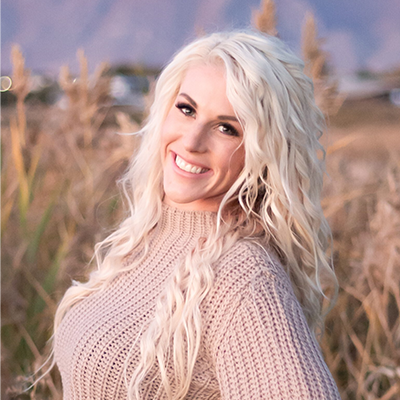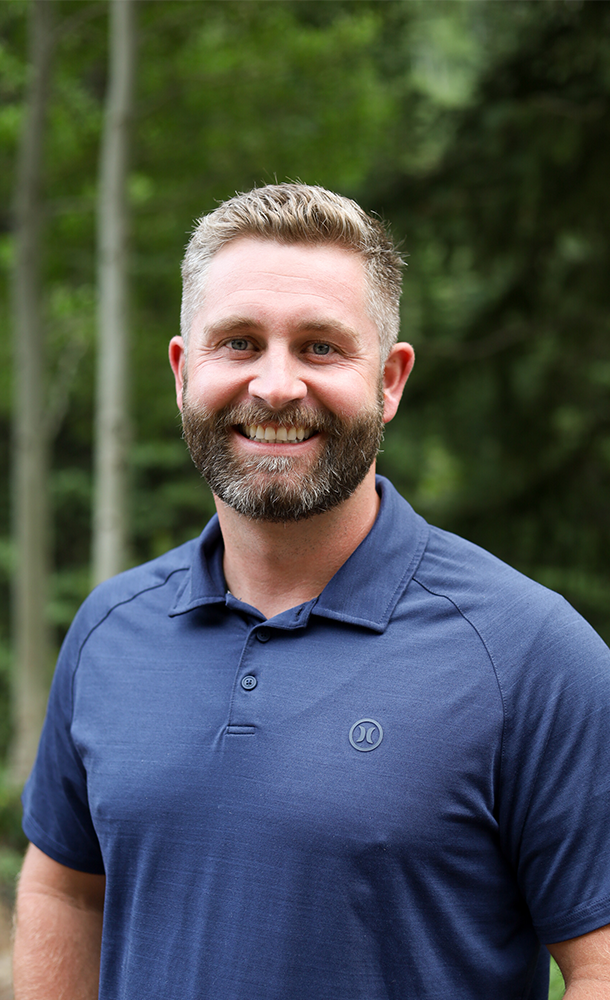It’s been said that “Ranchers are grass farmers, and cattle are the tool for harvesting their crop!”
Personally, I love the animals and the life cycle exposure of raising them. Watching calves in the spring is fun! However, it’s important to remember that your forage and the landscape you manage is the key to your product sustainably reaching the market. The way you utilize your rangeland impacts its health and your subsequent profitability in the long run. This makes decisions like how many animals your range can support and the timing of grazing crucial to long-term success.
Many in the ranching industry have used Take Half, Leave Half as a rule of thumb. But what does that really mean? How can you know you are only taking half? Why do you only take half? What are you taking half of—standing forage, total growth, or both?
Accurate calculation of animal consumption allows you to be more confident that you truly are only taking half of your forage.
Where do I start?
This conversation starts with an accurate, and conservative estimate of long-term carrying capacity (LTCC). The ecological definition of carrying capacity, according to Oxford’s English Dictionary, is “the number of people, other living organisms (livestock or wildlife), or crops that a region can support without environmental degradation”. The key is that last statement. Often you can get away with taking a little extra grass for one grazing season, but continually doing so has long term repercussions.
Annual long-term carrying capacity can be calculated using the following formula:
LTCC = (Total projected forage production * % utilization)/calculated intake/365
Research suggests that percent consumption for long-term productivity be set from 15-30%. This supports the 25% utilization rate used in many range management guidelines. When you are deciding which rate of consumption is most applicable, there are several factors to consider such as your local climate and the rate at which your grasses bounce back.? Dryer climates tend to have a more delicate ecosystem that takes longer to recover from over grazing. Do you have both cool and warm season grasses, or just one variety? If you have both cool and warm season grasses, you can take a higher utilization of one class as long as you return to that pasture when the alternate grass is growing? Graze cool seasons and don’t come back until the warm seasons are in full growth.
For nice round numbers assume your livestock consume 25% of forage available to them. This leaves another 25% for trampling, waste through manure or urine, and “other disappearance”. Other disappearance is most often attributed to wildlife but can also include mechanical damage, erosion, or other causes. That is 50% utilization.
What about the other half?
The other half is left to support plant and soil health and productivity through an improved nutrient cycle. In seasonal climates, especially those where forage goes dormant for a time, some see leaving standing forage as a wasted resource. However, leaving enough residual will support faster growth when forage begins its growth cycle again because rebuilding roots will not be necessary. This energy and time can be utilized for stem and leaf growth. This makes the landscape better at growing forage!
A recent conversation with our meteorologist Brian Bledsoe also highlighted that fact that proper range management can create microclimates. By keeping your soil cooler, and giving it the ability to stay moist, the atmosphere will have a better water cycle. That means, you just might be able to make it rain over your property.
I was attending a soils academy a while back when a man claimed just this. He has a large ranch in the Sonoran Desert and has been practicing quality range management for a long time. His neighbors are mad at him because the storms will blow in and then turn and sit over his property! How would that be?
What are we only taking half of?
Quality range and forage management is a dynamic system that merges time, animal numbers, projected forage growth, and residual. I was recently introduced to the concept of forage budgeting. Forage budgeting is a process by which projected growth is used to estimate the number of animals and duration of grazing for a certain pasture or landscape. This is then reconciled with what really happens. This process takes both standing forage and growth into consideration. A great tool for this is the Rangeland Analysis Platform which gives you years of average growth data you can use for forage projections as well as 16-day biomass information for actual growth. Just like balancing a checkbook, this process allows you to make timely decisions on movement of livestock to preserve rangelands and avoid over-utilization of forage.
This process can be involved, but it can be implemented at varying levels. Just make sure your carrying capacity and the way you stock your individual pastures are based on educated calculations. Your effort will pay you back in the long run.
For those years when your forage budget dries up and you find your account overdrawn, PRF insurance through Redd Summit Advisors provides means by which producers can feed their livestock through the purchase of forage such as hay for feeding or crop residue for grazing.
If you aren’t sure where to start in calculating carrying capacity or would like more information on forage budgeting and the Rangeland Analysis Platform, contact Redd Summit by calling (435) 625-1022.





.webp)




